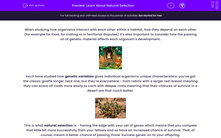When studying how organisms interact with each other within a habitat, how they depend on each other (for example for food, for mating or in territorial disputes) it's also important to consider how the passing on of genetic material affects each organism's development.
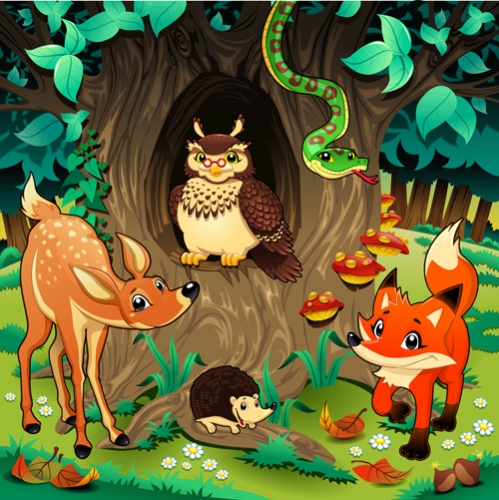
You'll have studied how genetic variation gives individual organisms unique characteristics: you've got the classic giraffe longer neck one, but they're everywhere - from robins with a larger red-breast meaning they can scare off rivals more easily to cacti with deeper roots meaning that their chances of survival in a desert are that much better.
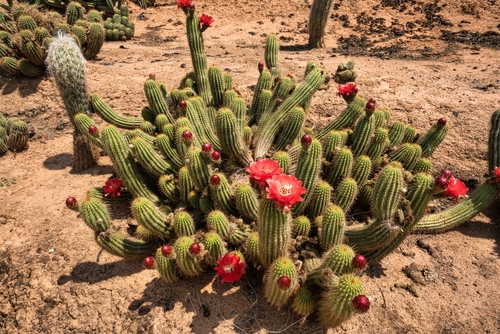
This is what natural selection is - having the edge with your set of genes which means that you compete that little bit more successfully than your fellows and so have an increased chance of survival. That, of course, means a better chance of passing those 'success genes' on to your offspring.
In this activity, we're going to look at natural selection and link it to environmental changes - all the more important now as the effects of climate change bite ever deeper.
So, we're thinking of things like the physical environment changing (rising temperature, wetter or drier conditions, etc.) and also the ecological environment (new predator arriving, new competitors for living space and food, etc.).
How the organisms adapt and respond to these changes determines their chances of survival - yes?

For example, have you noticed how a bird introduced late last century is spreading across England - that's the green-coloured ring-necked parakeet? From a few escaped birds, it's now an established British species and is steadily spreading north through England. How do other birds like pigeons, woodpeckers and crows respond to it? The parakeet is competing with them for nesting holes, for food, for roosting space.
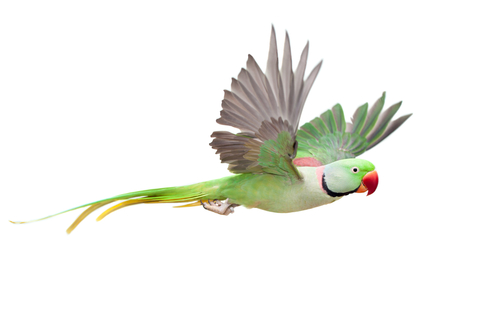
As a result of these sorts of environmental changes, some species begin to struggle, their numbers fall and they may become endangered.
Of course, human beings have had a massive effect in this respect, from actively hunting animals, to destroying plants and habitats as well as polluting air and waterways.
Ultimately, if an organism is unable to adapt to its changing environment it will die out - it has become extinct.
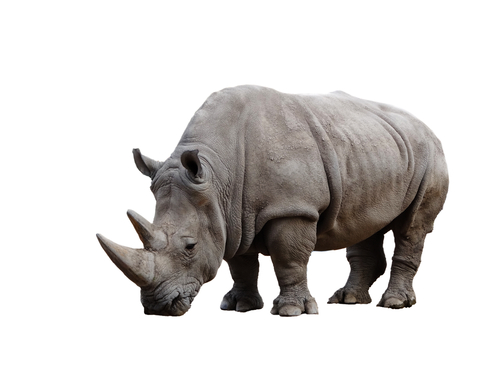
So, to combat the threat of extinction, scientists have been constructing gene banks. These are stores of genetic material like sperm and eggs, embryos and seeds ensuring that, should the plant or animal become extinct, we still have copies of their DNA in order to resurrect the species at some point in the future.
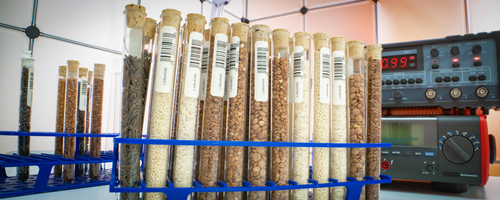
OK, well that's just an overview of what we're going to be looking at in this activity. It's a fascinating topic and, indeed, one that you should know about as we're part of the problem and, unless we know about it and care about it, we won't be able to reverse its effects.
So, go on, let's get stuck into finding out more about natural selection!

